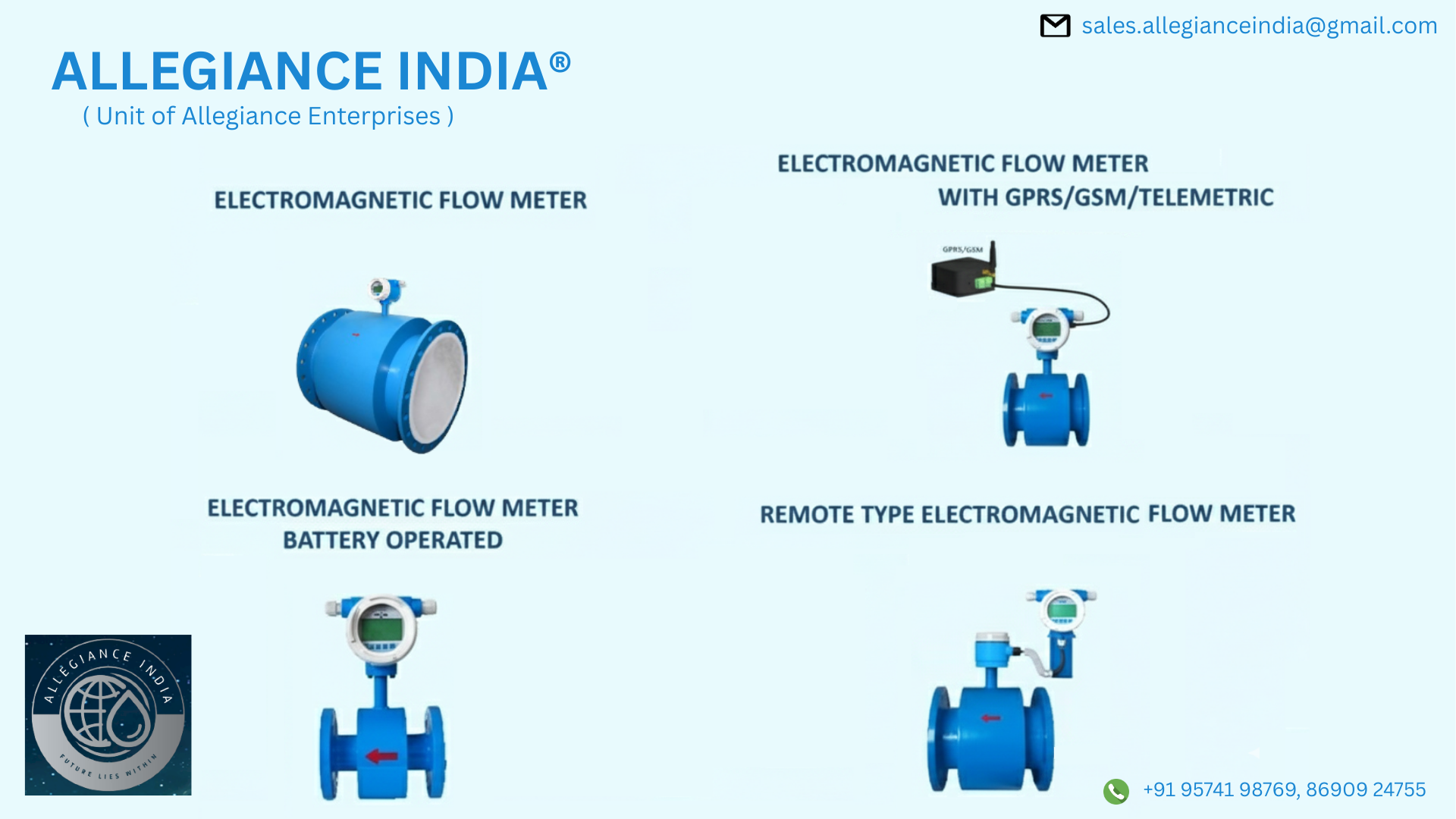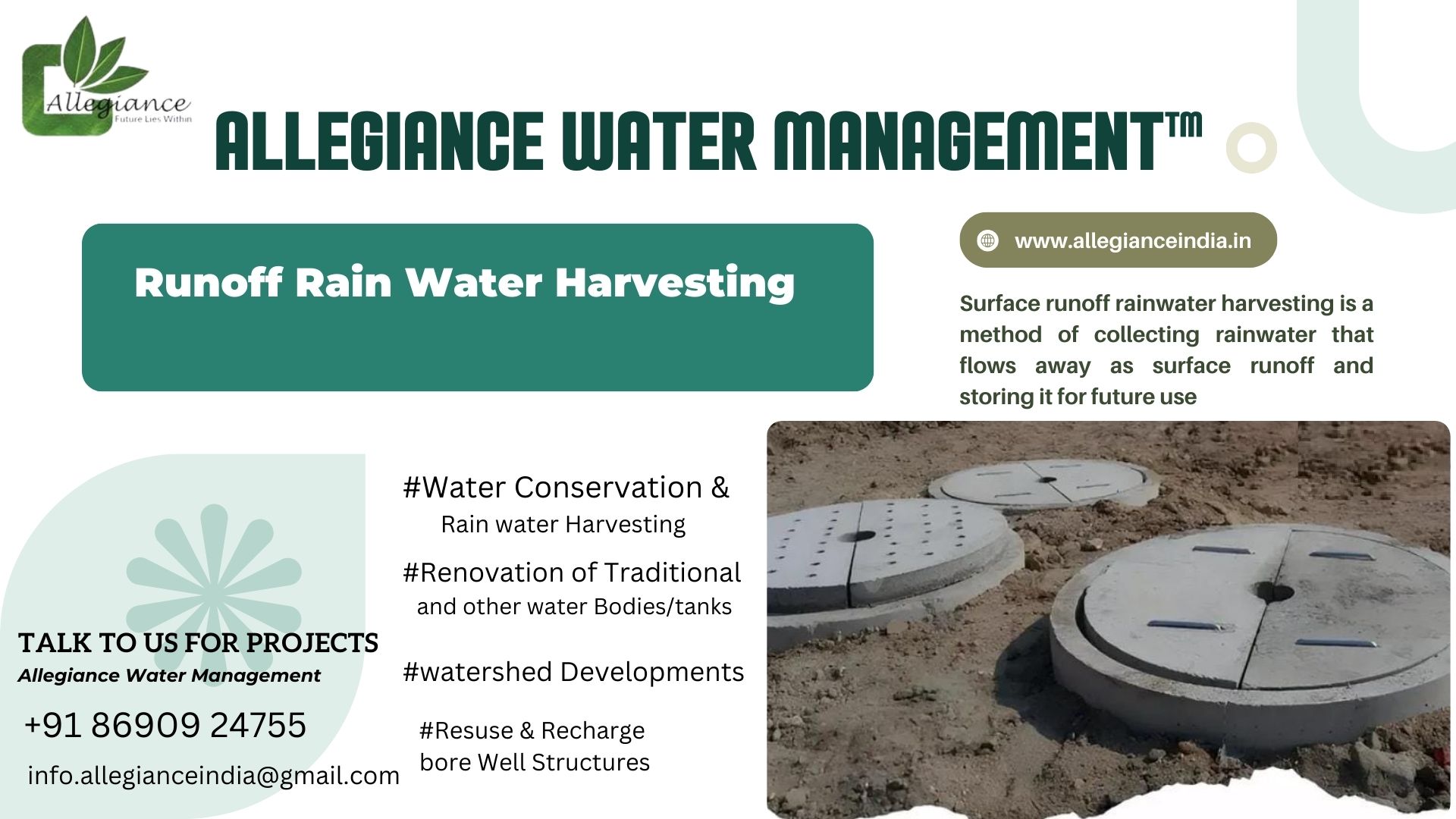Roof Top Rain Water Harvesting What is Roof Top Rain Water Harvesting? Rooftop Rain Water Harvesting is the technique through which rain water is captured from the roof catchments and stored in reservoirs. Harvested rain water can be stored in sub-surface ground water reservoir by adopting artificial recharge techniques to meet the household needs through storage in tanks. The Main Objective of rooftop rain water harvesting is to make water available for future use. Capturing and storing rain water for use is particularly important in dryland, hilly, urban and coastal areas. In alluvial areas energy saving for 1m. rise in ground water level is around 0.40 kilo watt per hour. Need for Rooftop Rain Water Harvesting 1. To meet the ever increasing demand for water 2. To reduce the runoff which chokes storm drains 3. To avoid flooding of roads 4. To augment the ground water storage and control decline of water levels 5. To reduce ground water pollution 6. To improve the quality of ground water 7. To reduce the soil erosion 8. To supplement domestic water requirement during summer, drought etc. Advantages of Rain Water Harvesting 1. Provides self-sufficiency to your water supply 2. Reduces the cost for pumping of ground water 3. Provides high quality water, soft and low in minerals 4. Improves the quality of ground water through dilution when recharged to ground water 5. Reduces soil erosion in urban areas 6. The rooftop rain water harvesting is less expensive 7. Rainwater harvesting systems are simple which can be adopted by individuals 8. Rooftop rain water harvesting systems are easy to construct, operate and maintain 9. In hilly terrains, rain water harvesting is preferred 10. In saline or coastal areas, rain water provides good quality water and when recharged to ground water, it reduces salinity and also helps in maintaining balance between the fresh-saline water interface 11. In Islands, due to limited extent of fresh water aquifers, rain water harvesting is the most preferred source of water for domestic use 12. In desert, where rain fall is low, rain water harvesting has been providing relief to people
Send Message




